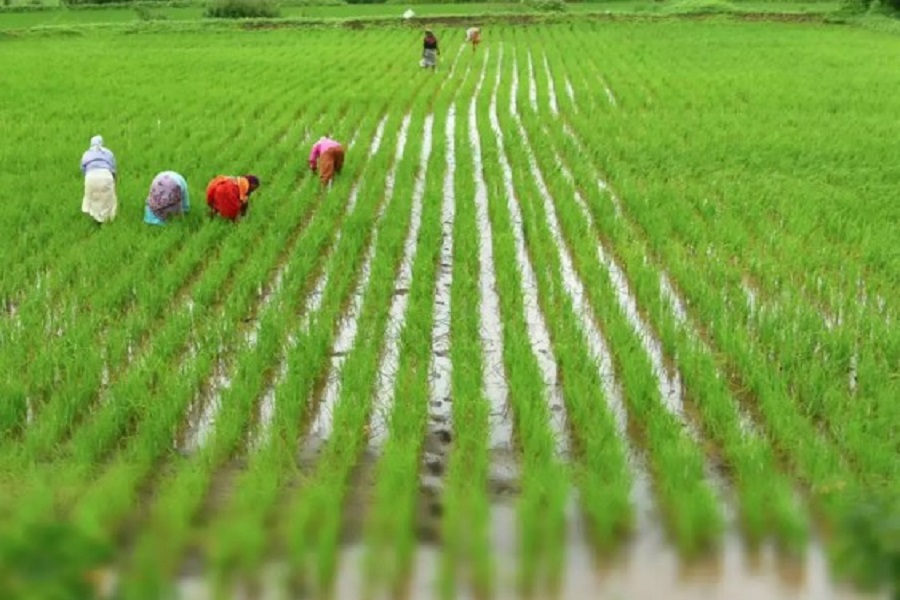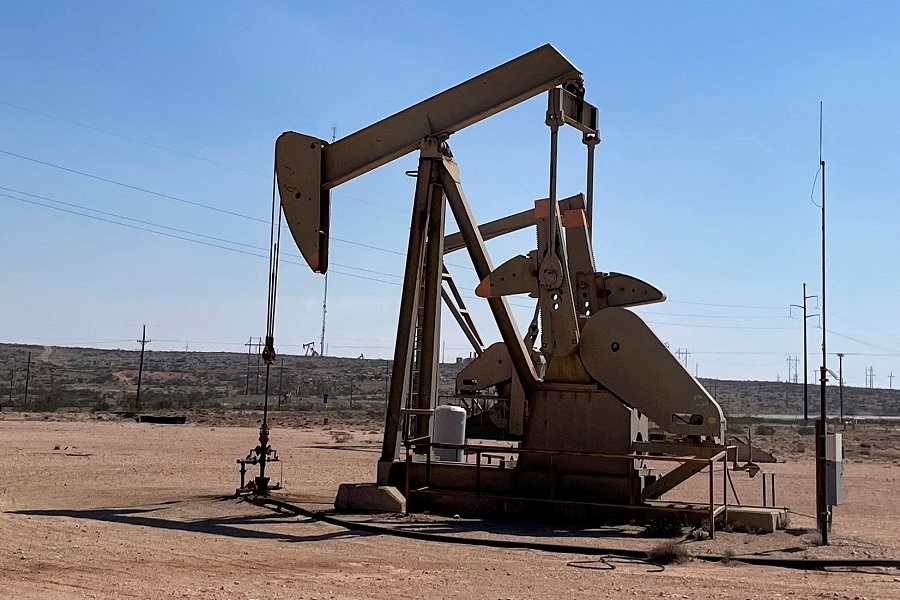India`s Coffee Output Dips Amidst Global Production Surge by Amit Gupta, Kedia Advisory
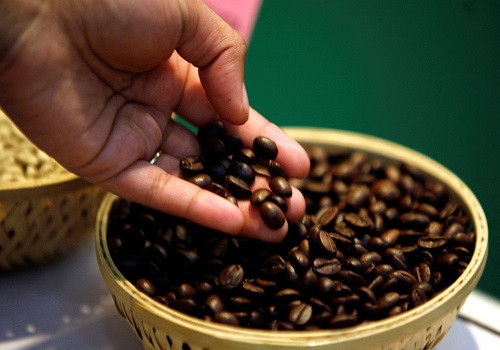
India's coffee output for the 2024-25 season is forecasted to decline due to poor pre-monsoon rains, with production expected to be 6 million bags. The global coffee production, however, is set to rebound, driven by increased yields in Brazil and Indonesia. India’s arabica output will see a drop, while robusta production remains steady. Exports from India are projected to decline slightly as a result of the lower output.
Highlights
India's Coffee Output Decline: India’s coffee output for the 2024-25 season is forecast to decrease slightly, impacted by poor pre-monsoon rains, totaling 6 million bags, down by 1 lakh bags of 60 kg each.
Arabica vs. Robusta Production: The decline is primarily in arabica production, forecasted at 1.4 million bags, down from 1.5 million, while robusta production remains steady at 4.6 million bags.
Global Production Rebound: Global coffee production is expected to increase by 7.1 million bags to 176.2 million, driven by recovery in Brazil and increased output in Indonesia.
Export Projections: India’s coffee exports are projected to decrease slightly to 4.2 million bags from last year's 4.25 million due to lower output.
Impact of Weather Conditions: Coffee stakeholders attribute the reduced crop forecast to prolonged dry spells and higher-than-normal temperatures during March-May, affecting pre-monsoon showers crucial for coffee crops.
Regional Rain Deficiency: Key coffee-growing regions like Karnataka experienced a prolonged dry spell affecting flowering and crop setting. Districts like Kodagu, Chikkmagaluru, Hassan, and Wayanad reported significant rainfall deficiencies.
Mixed Crop Setting Clarity: According to KG Rajeev of the Karnataka Planters Association, more clarity on the crop setting is expected in a fortnight, with current estimates being preliminary and potentially inaccurate.
Exporters' Caution: Coffee Exporters Association President, Ramesh Rajah, stated that the current crop estimates are pre-monsoon and not reliable, with reluctance among traders to make forecasts until September.
Brazil’s Increased Output: Brazil’s coffee harvest is forecasted to rise by 3.6 million bags to 69.9 million, with significant gains in both arabica and robusta production.
Other Major Producers: Vietnam’s robusta production is forecasted to remain stable at 29 million bags, while Colombia’s arabica production is expected to increase slightly to 12.4 million bags. Indonesia’s combined harvest is forecasted to rebound to 10.9 million bags.
Global Export and Consumption Trends: With increased supplies, global coffee exports are projected to rise by 3.6 million bags to 123.1 million, with consumption growing by 3.1 million bags to 170.6 million. Ending stocks are expected to increase by 1.9 million bags to 25.8 million.
Overall Impact: The USDA report highlights the interconnected nature of global coffee production and trade, with India’s weather-induced decline being offset by gains in other major coffee-producing countries, ensuring overall market stability.
Conclusion
The USDA's forecast highlights a challenging year for India’s coffee industry, impacted by adverse weather conditions. While India's output and exports are expected to decline, the global coffee market remains buoyant, thanks to increased production in other key countries. This dynamic underscores the resilience and interconnectedness of the global coffee supply chain. Despite regional setbacks, the overall market stability is maintained, presenting a balanced outlook for coffee stakeholders worldwide
Above views are of the author and not of the website kindly read disclaimer


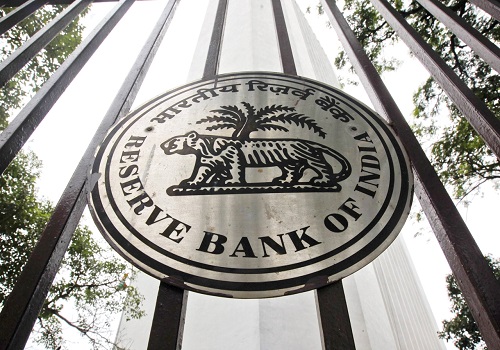
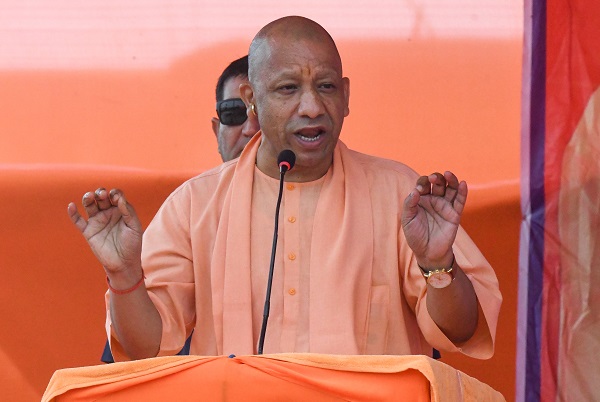






Tag News

Nifty and Bank Nifty Weekly Outlook by Amruta Shinde, Derivative Analyst, Choice Broking Ltd










